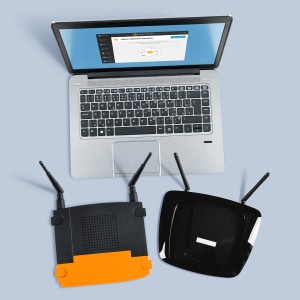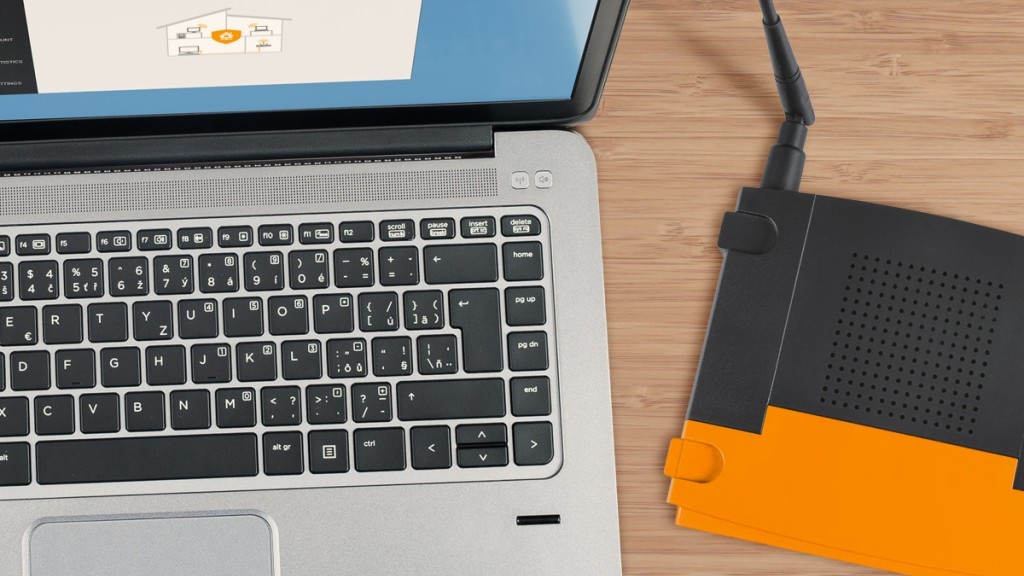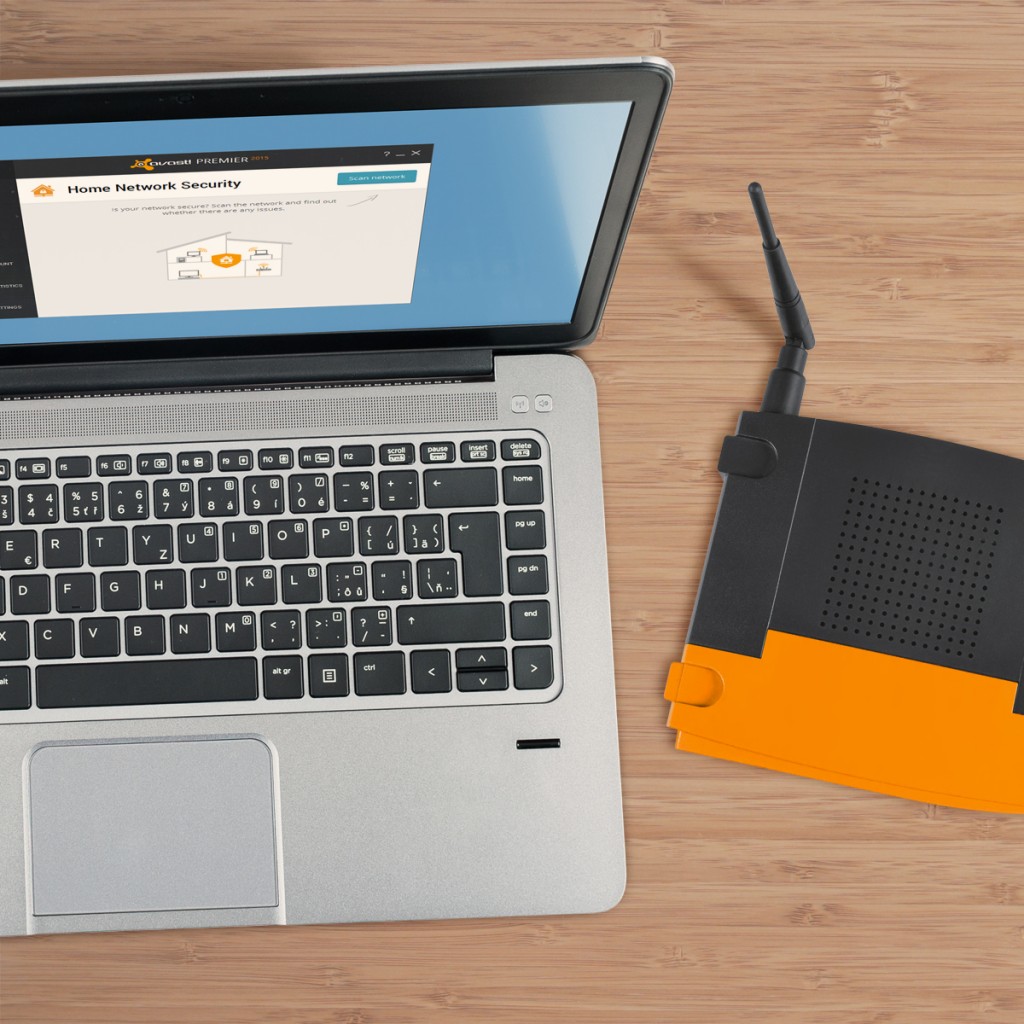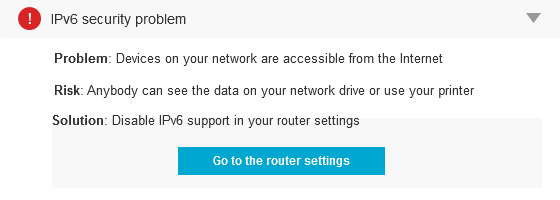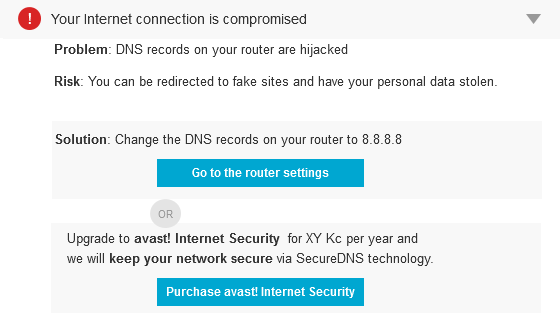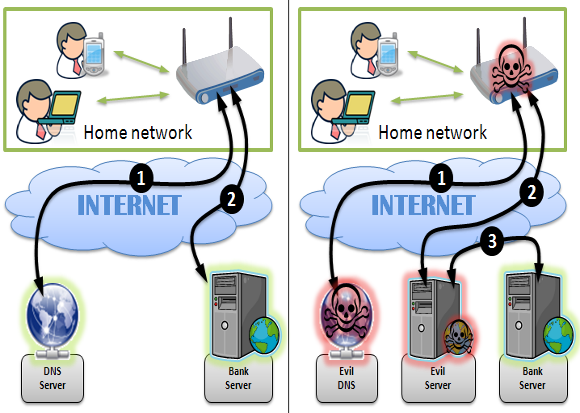The reason why botnets like that can even exist? According to a study by Incapsula it’s simple negligence – by ISPs, vendors and users alike.
The attacks were first spotted last year in December and seem to be ongoing ever since. More than 40,000 infected routers from 1,600 ISPs all over the world have been documented. When not used to execute DDoS (distributed denial of service) attacks the routers do something rather scary: In their idle time they use their resources to scan for additional routers to recruit!
“Our analysis reveals that miscreants are using their botnet resources to scan for additional routers to add to their “flock.” They do so by executing shell scripts, searching for devices having open SSH ports which can be accessed using default credentials.
Facilitating the infiltration, all of these under-secured routers are clustered in the IP neighborhoods of specific ISPs, which provide them in bulk to end users. For perpetrators, this is like shooting fish in a barrel, which makes each of the scans that much more effective. Using this botnet also enables perpetrators to execute distributed scans, improving their chances against commonplace blacklisting, rate-limiting and reputation-based defense mechanisms”, the study says.
The researchers believe that the routers were not hacked by means of vulnerabilities in the firmware but were hijacked due to other issues: all units are remotely accessible via HTTP and SSH on their default ports and nearly all of them are configured with vendor-provided default login credentials.
This combination invites trouble and DDoS attacks are only one of the possible threats resulting from it. Attackers could just as well:
- eavesdrop on all communication.
- perform man-in-the-middle (MITM) attacks (e.g., DNS poisoning).
- hijack cookies.
- gain access to local network devices (e.g., CCTV cameras).
What can you do?
Make sure to always change the default login credentials. That’s something every router owner should do from the start. You should also think twice before enabling remote access to your router management interface.
The post Mass-Scale Abuse of Routers Due to Lax Security appeared first on Avira Blog.

